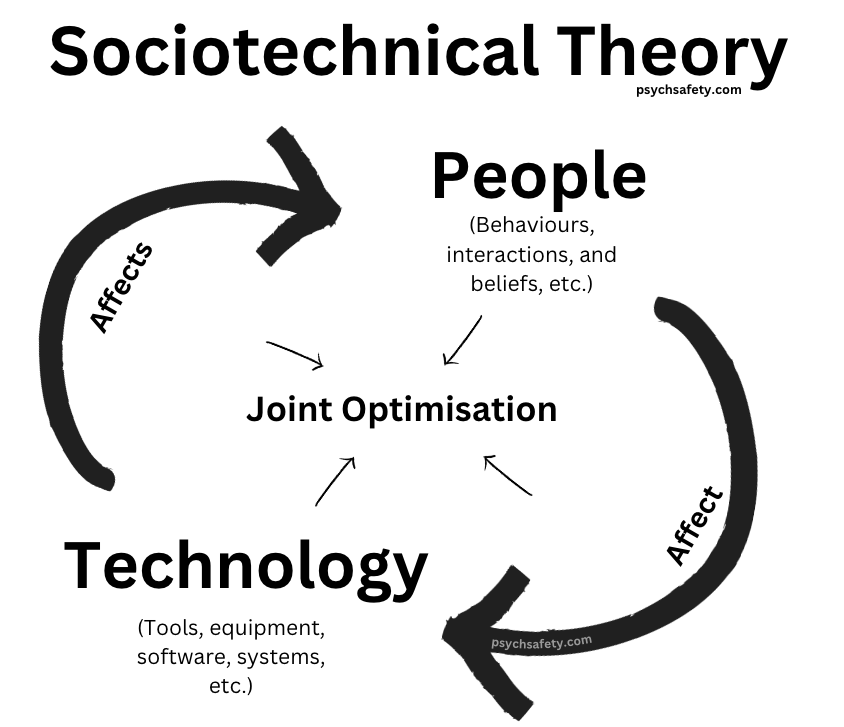People Over Process
As seen on the internet
People over process.
Why?
Because systems can’t fix problems with people, but people can fix problems with systems.
People Over Process is from the Agile Manifesto. There’s a lot to unpack there. It starts by acknowledging that the software development is a socio-technical endeavor. There are people (that’s the socio part). But there are also tools and rules and processes, which makes it technical.
First, and foremost, it’s over, not or. It’s not a Boolean choice. You get to have some of each. If you choose to only focus on the people, making them safe and happy, you can’t organize. You can’t even self-organize. Because without some norms, some process, you can’t communicate. And if you can’t communicate, you can’t coordinate. Not because no one cares, and not because no one wants to listen, but because anarchy is the opposite of coordination. Even the most libertarian knows that there needs to be some structure. Or you end up with the tragedy of the commons.
And if you choose process only, the first time something happens that your process doesn’t cover then you get stuck. Unless/until you can come up with a new process. Which takes a while, because there’s a well-developed process for changing the process. You did remember to add that to your set of processes, right?
So don’t ever let yourself be tricked into turning an analog choice into a Boolean one. Trust me, it won’t end well.
Second, it’s not quite accurate. Systems, particularly feedback systems, can fix, or at least minimize, problems with people. Processes, just like those warning signs on ladders, are there for a reason. They’re there because at some point in the past not just one person, but enough people did things in a way they thought was right, but was actually dangerous, and got hurt or killed. Processes are institutional scar tissue. Something bad happened, and the process is there to make sure it never happens again. The process is there for a reason, and that reason is so that the system can heal from a person’s mistake.
The trick is to have the right balance between the two. The agile manifesto says people over process, so at least 51%/49%, and less than 100%/0%, but that’s a pretty big range. Where you land in that range depends on lots of things. The context. The people. The familiarity of the people with the context. And some trial and error, because you’re unlikely to get the balance right the first time.
And there you have it. People over process. Because people can fix issues in your system. And your system needs to have processes to protect it from the people.

